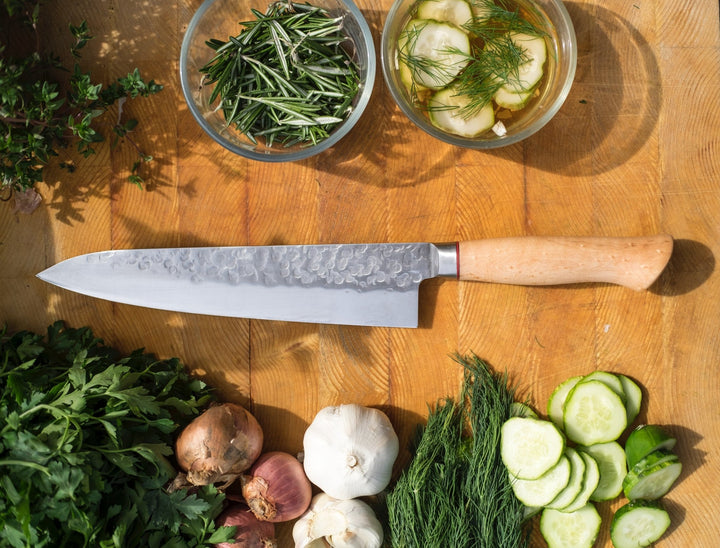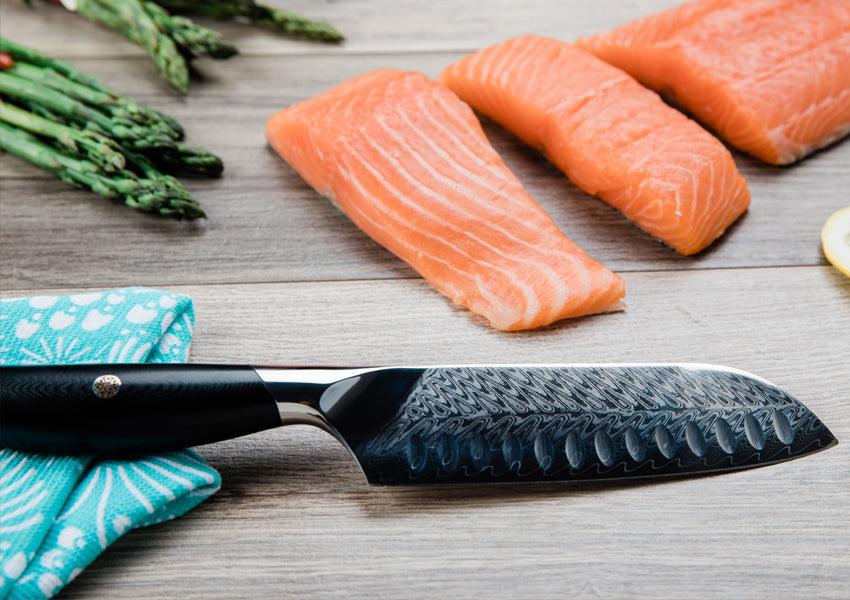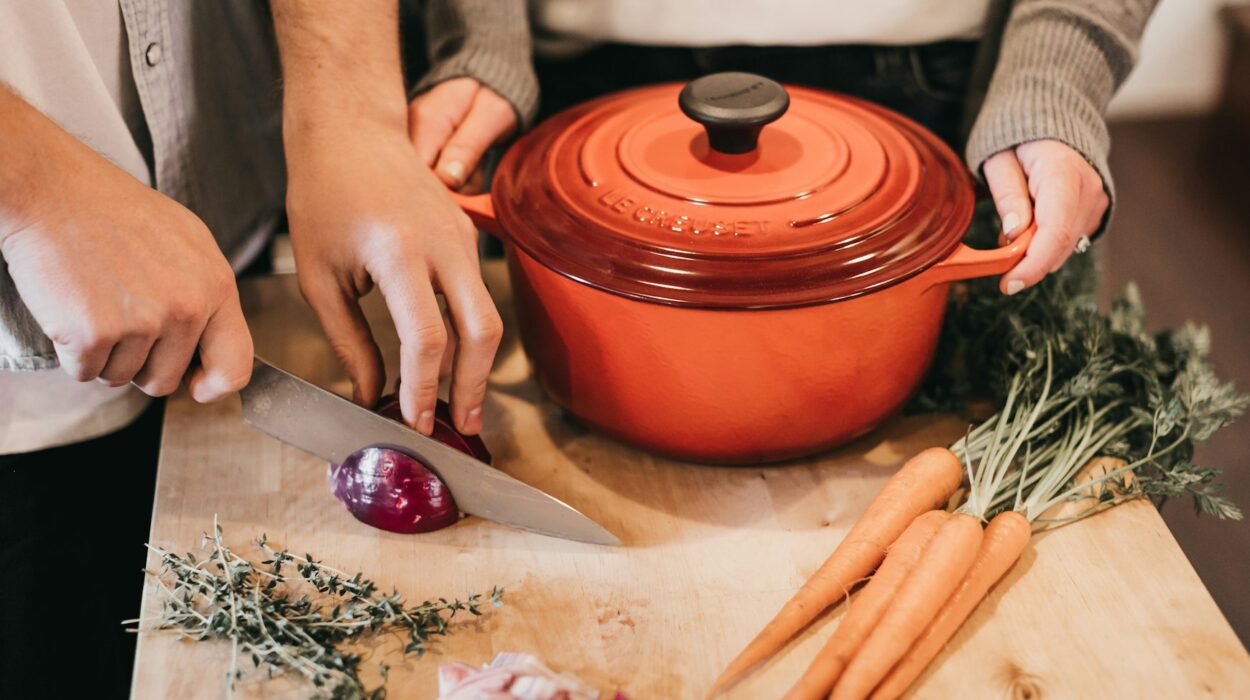Knowing how to hold a chef knife is a fundamental skill in the kitchen, whether you’re a beginner or a seasoned professional. A good grip can help you work more efficiently, reduce the risk of accidents, and enhance your culinary creations. Let’s explore some tried-and-true techniques to master this essential skill.

The Importance of Holding a Chef Knife Correctly
The way you hold a chef knife can significantly impact your cutting and chopping tasks. A proper grip ensures stability, precision, and safety, allowing you to execute tasks with greater confidence and precision. Moreover, understanding the right technique can improve your speed and efficiency in the kitchen.
For more tips on maintaining your kitchen knives, check out our guide on keeping kitchen knives sharp.

Different Types of Knife Grips
The Pinch Grip
The pinch grip is a widely used technique by professional chefs. In this grip, you hold the blade between your thumb and the side of your index finger, just in front of the knife handle. The remaining fingers wrap around the handle for support.
The Handle Grip
The handle grip is another common method, especially for beginners. This grip involves holding the knife handle with all the fingers, which might feel more comfortable for those who are new to using a chef knife.
For safe handling of kitchen knives, consider reading our article on safety precautions.

The Correct Hand Positioning
The Guiding Hand
Your guiding hand plays a crucial role in holding a chef knife properly. Use your non-dominant hand to hold and stabilize the food you’re cutting. Curl your fingers inward and keep your thumb tucked in, forming a claw shape. This technique ensures your fingertips stay safe while you slice and dice.
The Dominant Hand
Your dominant hand should maintain a firm grip on the knife handle, allowing for precise control and maneuverability. Ensure that your wrist remains relaxed and flexible to avoid unnecessary strain.

Steps to Properly Hold a Chef Knife
- Grip the handle: Start by holding the handle of the chef knife with your dominant hand. Ensure a firm but not overly tight grip.
- Pinch the blade: Position your thumb and the side of your index finger on the blade, just in front of the handle. This helps with control and stability.
- Form the claw: With your non-dominant hand, make a claw shape to hold the food you’re cutting. Keep your fingertips protected by curling them inward.
- Maintain control: Use your guiding hand to stabilize the food and your dominant hand to execute deliberate and controlled cutting motions.
For more information on knife maintenance, you can explore our article on the correct sharpening angle.
Common Mistakes to Avoid
Gripping Too Tightly
A common mistake when holding a chef knife is gripping too tightly. This can lead to hand fatigue and decreased precision. Instead, aim for a firm but relaxed grip.
Using the Wrong Grip
Using an incorrect grip can affect your cutting efficiency and safety. Always use a grip that feels comfortable yet secure, such as the pinch grip or handle grip.
Benefits of Learning Proper Knife Handling
Enhanced Safety
Proper knife handling significantly reduces the risk of accidents, ensuring a safer kitchen environment for everyone.
Improved Precision
A correct grip allows for more precise cuts, enhancing the presentation and quality of your dishes.
Learn more about maintaining kitchen knife safety with our guide on safety precautions.
Conclusion
Mastering the skill of holding a chef knife is essential for both beginners and professional chefs. With practice and attention to detail, you can improve your knife skills, enhance your cooking techniques, and make your kitchen experience more enjoyable and safe.
For more information about different types of kitchen knives and their uses, visit this external link.
Frequently Asked Questions
1. What is the pinch grip?
The pinch grip involves holding the blade between your thumb and the side of your index finger, just in front of the knife handle. It’s widely used by professional chefs for better control and precision.
2. Can beginners use the pinch grip?
Yes, beginners can use the pinch grip. While it may feel awkward initially, it offers better control and precision once mastered.
3. Why is the claw technique important?
The claw technique prevents your fingertips from coming into contact with the blade, making it a safer method for holding food while cutting.
4. Are there any resources for further learning?
For more tips and information on maintaining and safely using kitchen knives, explore our other articles such as grit whetstones and sharpening serrated knives.
As an Amazon Associate, I earn from qualifying purchases.
As an Amazon Associate, I earn from qualifying purchases.


